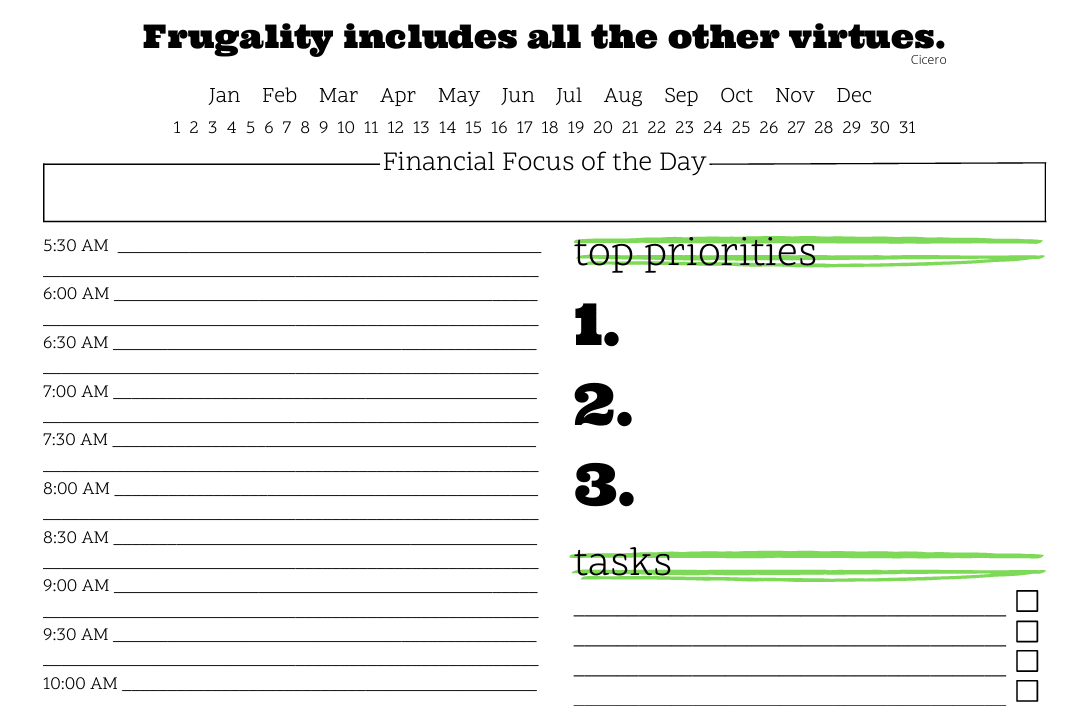This article may contain references to products or services from one or more of our advertisers or partners. We may receive compensation when you click on links to those products or services. Nonetheless, our opinions are our own.
I’m a business owner and remote work is not my cup of tea. The model requires risk, trust, foresight and flexibility to succeed. It took me too long to adapt to the mechanism of a hybrid workplace for the marketing end of our sign making company. Now, all I see are the benefits. I want to share them with you from a practical perspective – a CEO perspective.
There are many questions that arise about hybrid work. As someone with firsthand experience, I’ll go over them in a list and address them one by one – benefits, doubts, dirty little secrets and all.
- What is a hybrid workplace?
- What are the benefits of hybrid working?
- What are the cons of a hybrid work model?
- What are the best practices for hybrid working?
- Are hybrid workers productive?
- How do you maintain company culture with a hybrid model?
- How do you make the hybrid working model fair for all?
- Is the hybrid work model here to stay?
- Recommended Reads
What is a hybrid workplace?
No, it’s not a Tesla factory operated by AI. It’s just a term used to describe a work model that allows employees to work from home or the office depending on your as well as their needs and preferences. Days and hours vary based on the company but the underlying concept is this: a combination of remote and on-site work is optimal for today’s job market. Office work is quickly becoming outdated and remote work alone can’t replace the value of personal collaboration. Thankfully, hybrid work merges the best of both worlds.
What are the benefits of hybrid working?
There are many but employee productivity is perhaps the most surprising as well as notable difference. It’s proven that most people work harder when happy. Employees are also more satisfied when they get a chance to see their families, create a space they enjoy, gain a sense of freedom and during a health crisis such as COVID, feel more safe. Plus, you save money on office space and your employees save money on gas and commuting time. Another surprising pro is the higher transparency offered by online collaboration platforms. These tools make it easier to gain an in-depth look at employee performance and reward worthy outcomes.
What are the cons of a hybrid work model?
Are they slacking off? It’s the elephant in the room. Often, the elephant is wearing pajamas. I remember our first zoom meeting request after the pandemic quarantine was enacted. A team member actually protested having the meeting on video because they were in pajamas at 3pm in the afternoon! Needless to say, we settled for an audio call. There are other cons, of course. Children screaming in the background, ungodly hours used to compensate for an afternoon siesta, a lag in communication or even a security breach all come to mind. Thankfully, these are fairly manageable by a pair of noise cancelling headphones, a solid agenda, good scheduling and strong passwords.
What are the best practices for hybrid working?
Don’t force anyone to work from home unless necessary. Let your employees decide what works best for them. You may be surprised to find that many actually prefer the office. Assure employees that their job is safe if it can only be done in person. Set time for socializing to maintain a sense of purpose and a bond for those working remotely. Expect unforeseen challenges and be flexible. Keep an open channel of communication at all times, including mental health support if needed. Create an operating manual and set deadlines but don’t be strict with work hours. Instead, focus on project-based performance. Create a stable schedule for in-person and online work days throughout the week. Address issues right as they arise and find solutions that will prevent the problem from snowballing.
Are hybrid workers productive?
Simply put, yes. Besides being more satisfied, perhaps it’s because they want to prove themselves more than office workers so they can stay in their PJs. There’s more pressure placed on them to perform and they deliver a majority of the time. The fact of the matter is that not every task requires an office. When you have a set role for a project, sometimes it’s best to focus on it by yourself. On the flip side, if collaboration and brainstorming is required, you can pop into the office and get creative with your teammates. Hybrid work optimizes both scenarios by giving employees a fresh mindset for one or the other, as the task sees fit. Employees are thankful for online jobs because of the opportunity it offers them to balance their work and home life. As a result, they perform better than people stuck in an office all day.
How do you maintain company culture with a hybrid model?
‘Distance makes the heart grow fonder’ applies to colleagues, too. One of the downsides of remote work is the lack of face-to-face connection between staff members but the hybrid model offers just the right amount of personal interaction. Employees see each other enough to bond but not more than their own families. Being apart makes team building activities an event to look forward to and socializing before zoom meetings sets an intentional tone for developing personal relations. Hybrid work becomes the work culture and inspires a better online presence with proper integration. Companies like Facebook, Google and Microsoft are all known for their company culture and they not only adopt a hybrid model but also pay some of the highest salaries for it.
How do you make the hybrid working model fair for all?
A fair hybrid work model considers individual as well as overall needs. Before you send people home, have a group meeting and discuss which tasks require in-person attention, schedule days when the whole team must work from the office and include performance reviews in the monthly agenda. After that, let everyone choose what works best for them. People have different needs and preferences for splitting their time between the office and a remote location. Not everyone has to be on the same schedule and not everyone has to adopt the hybrid model. Trust your team members to make the right decision for themselves as well as your company.
Is the hybrid work model here to stay?
Absolutely. The 8-hours-in-front-of-a-computer model has been outdated for a long time. Study after study has shown that most people are only productive for 3 hours a day given the traditional work setting and schedule. We’ve kept this rusty work train chugging along since the industrial era. It’s taken a global pandemic to reset the course but now, there’s no turning back! People got a taste of work outside the office and it’s here to stay. Sure, it may take some trial and error to get it right but we’ve seen that it works. It’s the long awaited solution to a centuries old dilemma.
Full remote work may not be my cup of tea but the hybrid model hits a perfect balance. It allows employees freedom, self-discipline and the extra motivation to enjoy work. As a boss, it gives me a miniature heart attack to think about my company uniform being pajamas… but there are professionals under those pajamas and I trust them. They’ve proven themselves at this point. Productivity has only improved, everyone’s happier and we actually look forward to team days in the office now. I couldn’t ask for a better work culture.

Reviewed and edited by Albert Fang.
See a typo or want to suggest an edit/revision to the content? Use the contact us form to provide feedback.
At FangWallet, we value editorial integrity and open collaboration in curating quality content for readers to enjoy. Much appreciated for the assist.
Did you like our article and find it insightful? We encourage sharing the article link with family and friends to benefit as well - better yet, sharing on social media. Thank you for the support! 🍉
Article Title: Hybrid Workplace Q&A: Simple Solution to Complex Mechanisms
https://fangwallet.com/2022/01/14/hybrid-workplace-qa-simple-solution-to-complex-mechanisms/The FangWallet Promise
FangWallet is an editorially independent resource - founded on breaking down challenging financial concepts for anyone to understand since 2014. While we adhere to editorial integrity, note that this post may contain references to products from our partners.
The FangWallet promise is always to have your best interest in mind and be transparent and honest about the financial picture.
Become an Insider

Subscribe to get a free daily budget planner printable to help get your money on track!
Make passive money the right way. No spam.
Editorial Disclaimer: The editorial content on this page is not provided by any of the companies mentioned. The opinions expressed here are the author's alone.
The content of this website is for informational purposes only and does not represent investment advice, or an offer or solicitation to buy or sell any security, investment, or product. Investors are encouraged to do their own due diligence, and, if necessary, consult professional advising before making any investment decisions. Investing involves a high degree of risk, and financial losses may occur including the potential loss of principal.
Source Citation References:
+ Inspo




























![How to Hire Fintech Software Developers [Cost & Factors] fintech software engineers](https://fangwallet.com/wp-content/uploads/2025/03/fintech-software-engineers-270x180.png)















